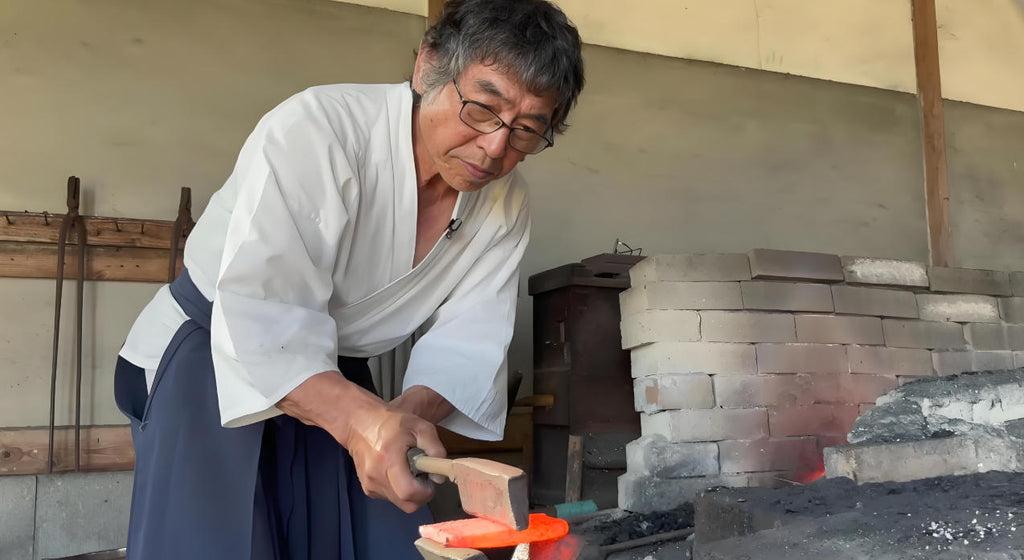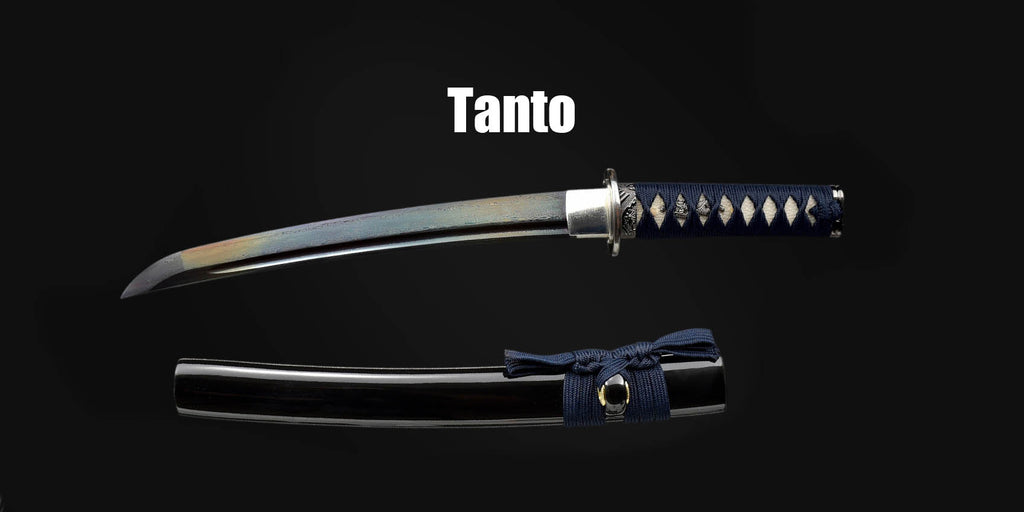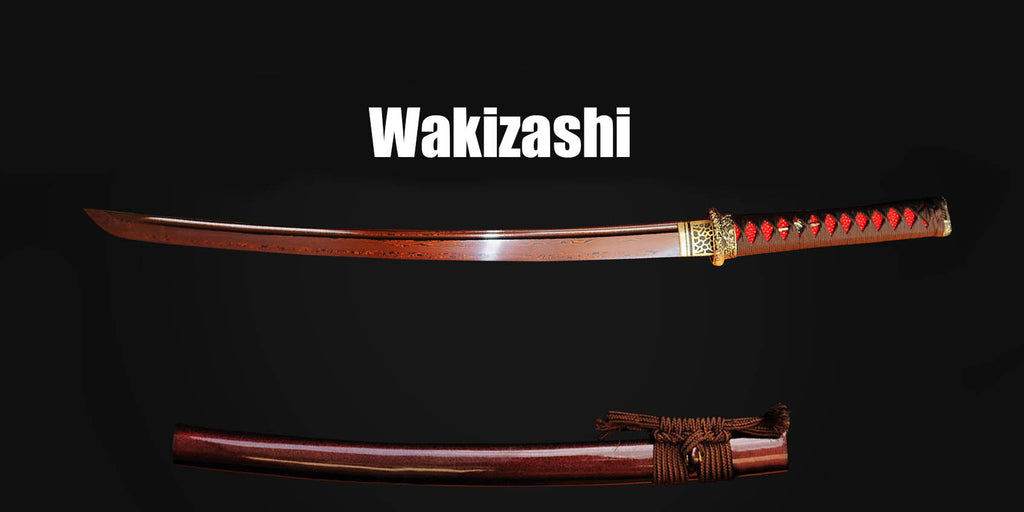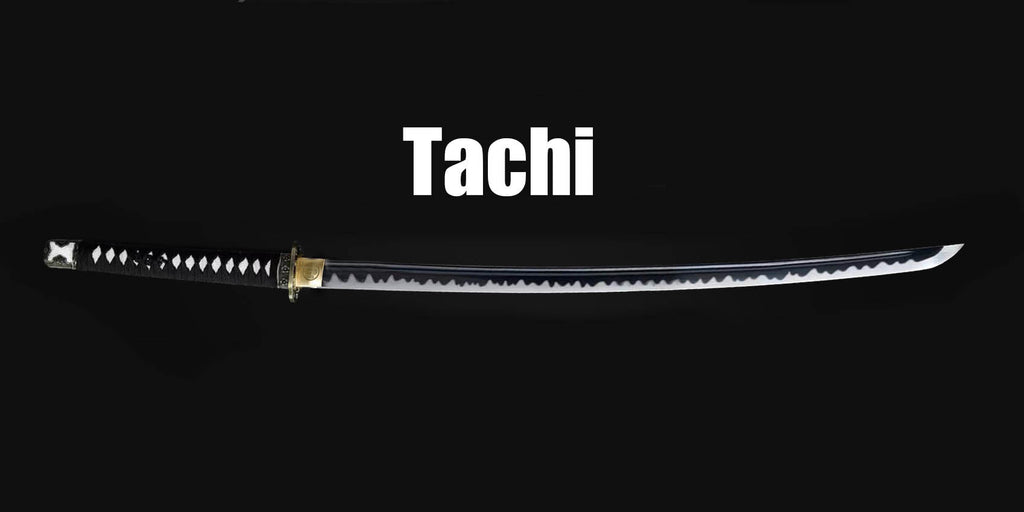Free Shipping
Supports worldwide free shipping

When choosing a real katana, the most crucial factor is often not the appearance, but the blade material. Different steels determine the sharpness, toughness, durability, and collectible value of a katana. This article will introduce the characteristics of common materials such as carbon steel, manganese steel, spring steel, and Damascus steel, and their applications and advantages in forging katanas, tantos, combat knives, and kitchen knives. 1. Carbon Steel Series —...

How to Use a Samurai Sword — A Comprehensive Guide to Tanto’s Combat Techniques and Cultural Value When discussing how to use a katana sword, many people first think of the long and elegant Katana. However, among the various katana sword types, the short and sharp Tanto (dagger) is equally important. It is not only the samurai’s close-defense weapon but also a significant symbol of culture and ceremony. This article...

mong the world’s cold weapons, Japanese swords are renowned globally for their elegant curves and superb craftsmanship. When it comes to katana sword types, most people first think of the long, curved, and iconic Katana. However, as an essential member of the samurai sword system, the short sword Wakizashi also plays an indispensable role and is a key to understanding Japanese sword culture. This article focuses on the Wakizashi, combining...

Among the many Japanese blade weapons, the Tachi undoubtedly stands as one of the oldest and most culturally significant samurai blades in history. If you're exploring different katana sword types, comparing types of samurai sword, or researching historical different katanas, then learning about the Tachi is an essential first step. 1. Difference Between Tachi and the Modern Katana — Tachi vs Katana When discussing katana sword types, many people confuse Tachi...